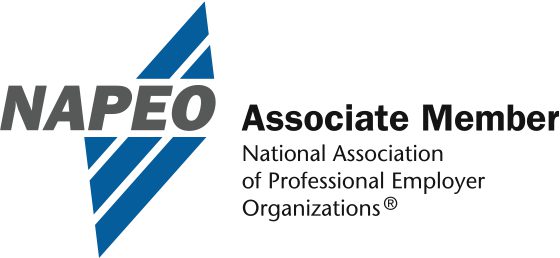Guest Blog provided by Slavic401k
Managing debt is a natural part of life. Whether you use a credit card, own a home, drive a car, or pay for school, there are few people who can afford to pay for those big-ticket items in cash upfront. With loans, people can afford to pursue higher education, pay medical bills, start a small business, and so much more. But loans equal debt, so is that okay?
It’s important to note the difference between good debt and bad debt. Good debt is debt that enhances your life and increases your net worth, such as going to college or buying a home. Bad debt involves borrowing money to purchase depreciating assets that have no long-term value, such as a vacation or a designer handbag.
Below are a few tips about managing debt, regardless of the type of debt you have.
Identify Debts, Interest Rates, and Totals
The first step to managing debt is itemizing the debt you have. Start by combing through your accounts and writing a list of the various lenders you owe money to, and what the loans are for. Next, you’ll want to identify the interest rate associated with each so you can better understand where the pain points are.

Once you have your list, review and calculate the monthly total owed and interest accrued. Organize the list from the largest balance to the least so you can identify areas you need to focus on.
Review Your Budget
Budgeting is a great way to help you manage income and expenses. Apps like Mint, Prism, and Spendee allow users to connect accounts, pay bills, and set goals at the touch of a finger. Using these apps will help you see your overall financial snapshot. Read our blog about the best financial planning apps.
Next, identify areas in your budget where you can afford to cut back. Do you need multiple streaming service subscriptions? What about that monthly gym membership you never use? By identifying gaps, you can reallocate funds to help pay debts faster.
If you need assistance creating a budget, view our guide to creating a monthly budget. By understanding, organizing, and creating a budget, you can establish a solid pathway for managing your finances.
Consolidate Debt
If you have multiple sources of debt, such as credit cards or medical expenses, it may help to consolidate them into one overarching payment. Shop rates and talk to a financial advisor about consolidation before you transfer everything. Make sure the interest rate of the combined debts saves you money over time compared to your existing loans, and note any fees associated with the consolidation.
There are several methods you can use to consolidate your debt, including:
- Balance Transfer Credit Card: These credit cards typically offer a 0% annual percentage rate (APR) on balance transfers with a set period, such as 12-24 months. With this option, you would roll your debts onto the card to pay them off within the introductory period to avoid paying interest over time.
- Debt Consolidation Loan: These loans are structured personal loans, which can help you reduce the interest owed on debts, saving you hundreds or even thousands of dollars over time.
Paying Debts
If debt consolidation isn’t a reasonable option for your situation, refer to your budget and list of debts to create a payment strategy. Ways to pay back debt include:
- Use the Snowball Method: Organize your debts from greatest to least and use that order to make payments. Once your biggest, high-interest debt is paid, move on to the next biggest, etc. Repeat this process until all your debt is paid in full.
- Pay on Time: By paying your bills on time each month, you will avoid additional accrual interest and late fees. Keep a calendar, set reminders, and utilize a budget tool to stay on track.
- Pay Outstanding Balances: Every loan has a “minimum balance due” option, which is often beneficial to the lender only. By paying less than the outstanding balance each month, you accrue interest and pay more over time. Try to pay your outstanding balances instead of the monthly minimum to avoid the increase.

Managing debt is not one-size-fits-all and may take some additional strategizing to get it in order. Use your resources, talk to a financial advisor, and stay up to date with financial tools and news on the Slavic401k blog.







